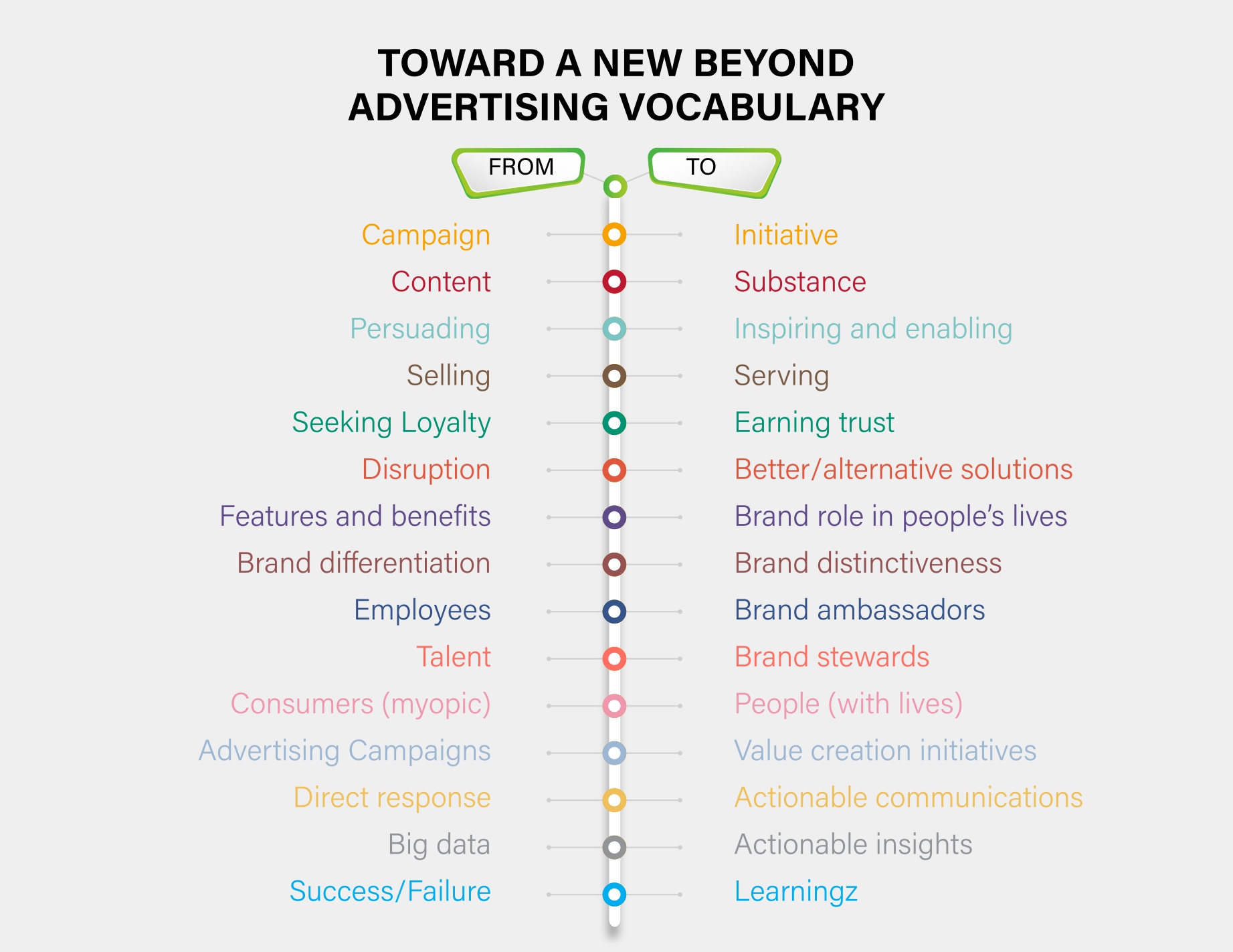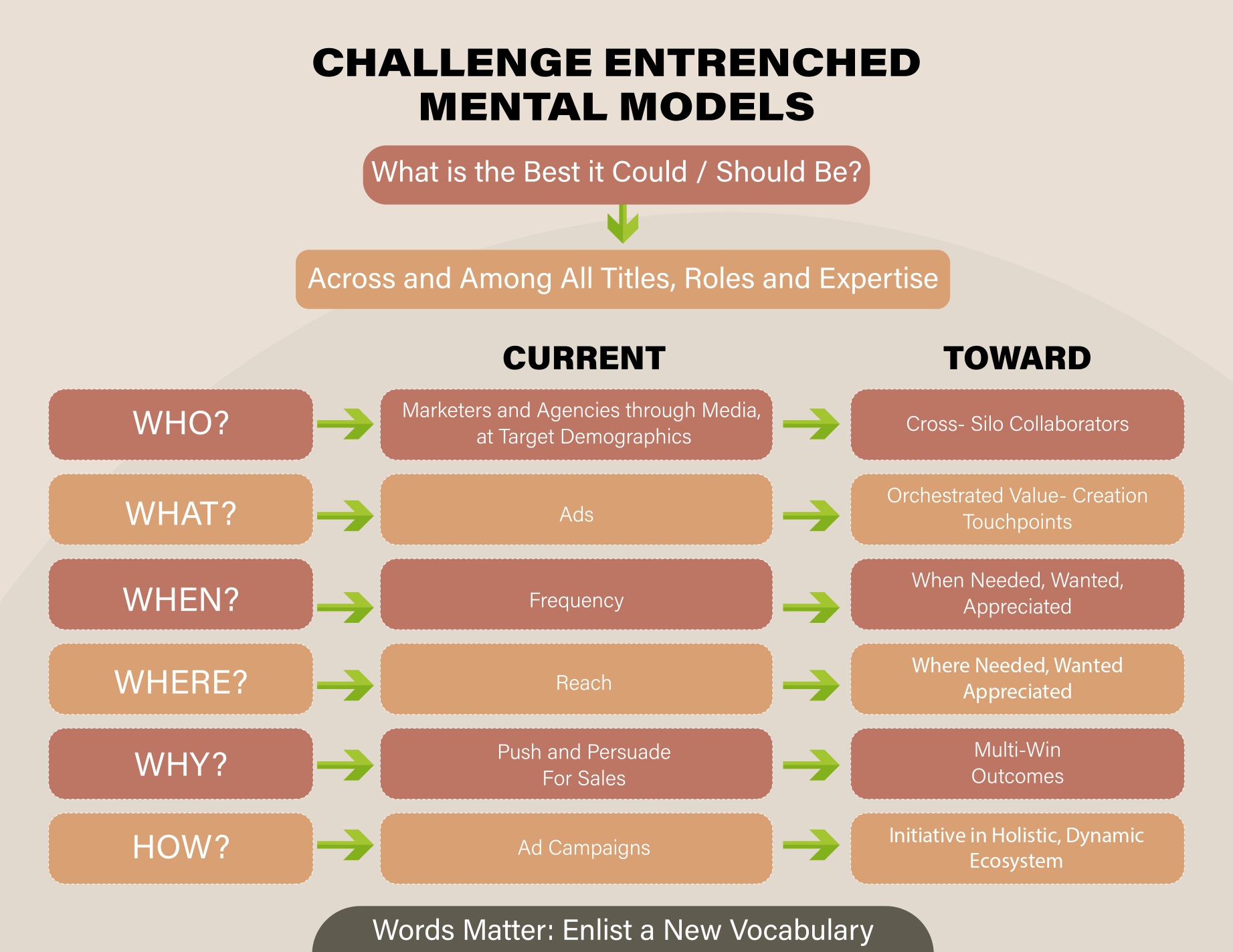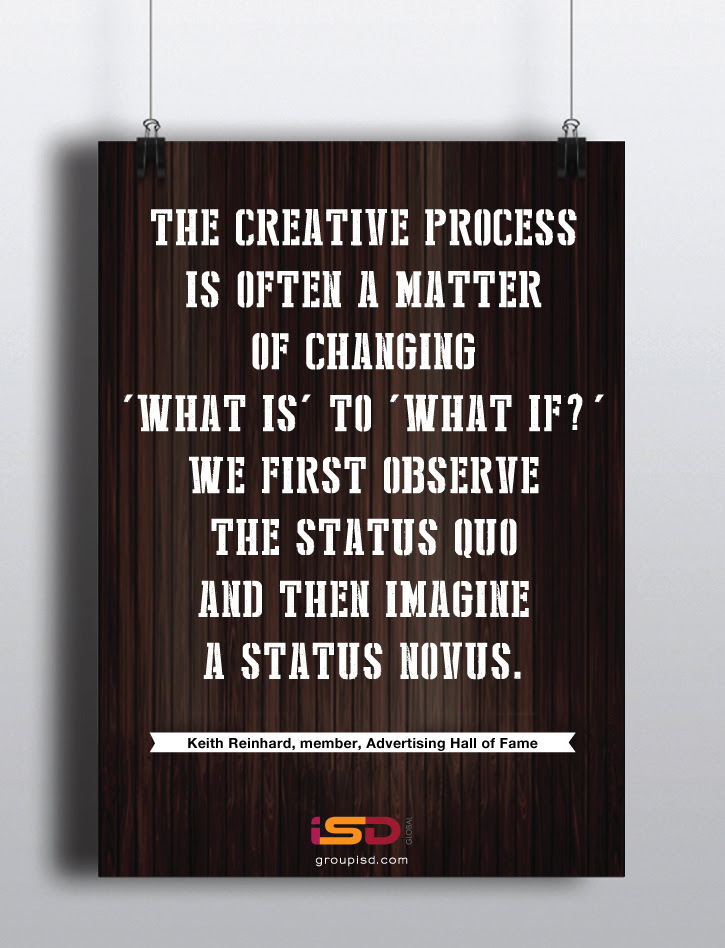(Continued from Part 1 @ https://www.khaleejtimes.com/business-technology-review/beyond-advertising )
Headlines from January 1, 2027, The New York Times
Global Warming Ended.
Ice Caps Return.
AIDS and Cancer Cure Share Nobel Prize.
War? What’s That?
Sounds too good to be true. Okay, here are two more from the industry trade magazine Advertising Age:
CMO OF GOLDMAN SACHS RECEIVES MORE BONUS THAN BANKERS. CMO WINS NOBEL PRIZE.
Well, here is my view of the future and what I believe it will hold. Not only do I think that this represents a realistic view of where our industry could be in a few years from now and I think that our being there today could have a bearing on the world headlines I’ve put up.
If I were to look ahead to the future, the hope is that advertising would be focused more on authentic trust building engagement through human insight rather than relentless stalking through data mining.
For that, words really matter and it’s time to look at a new advertising vocabulary (Infographic 1.0) and for advertising to challenge entrenched mental models that we have been all prey to (Infographic 2.0).

Infographic 1.0

Infographic 2.0
Remember the office desk is a dangerous place from which to view the world. Even digital needs a human touch for it to be soulful. Soulful advertising comes from those who interrogate their souls and that of the people they serve to be able to tell the truth in a way that affirms, alters, enhances people’s lives while making money or profit.
Advertisers will have to realise that brands will not be the centre of any conversations. Instead, brands will have to deliver opportunities for people to have the kind of conversations they want- with other people. The imperative for advertisers will be to avoid butting into conversations and instead to facilitate the kind of interpersonal conversations people want to have.
With so many changes going on within the industry, now is a great time to stop at the crossroads and look in a new direction. To look at the outcomes, – to create work that is as clever and creative as the best entertainment- in fact, so good, we could charge people to watch them. Today’s ads now compete not just with other ads but millions of moments of entertainment from professionally made work to home videos.
A dash of the familiar makes something palatable, a hint of the strange makes it interesting.
It takes Two to Tango
Like the perceived binary of analytics and creative, the short and long term are often in tension- should a brand aim to increase sales now by focusing on the quick sell, or should a brand play the long game, patiently waiting for the numbers to climb?
We have two clear takeaways. While Big Data is a revolutionary force, short-term metrics- to which it leans- do not predict long term effects. And emotional, creative campaigns, – which focus on the long term- will benefit a brand far more than a quick spike in sales. The two must work together: investment in brand and trust building combined with short term ‘brand activations ‘to reap the sales benefits of those investments.
In the future, analytics and creatives will be a match made in heaven. Designers and operational experts will work hand in glove. Ok, admitted, that is a fair bit of idealism, but then that is the whole point. What if the new collaboration yields an even more compelling and unifying brand purpose that goes beyond ‘the big idea ‘of the traditional ad campaign to create something more lasting, more connected to the aligned objectives that draws heavily on all these disciplines? Something that articulates what all those in the service of and serviced by the brand can relate to, as it is how the brand betters their lives.
Fewture Forward
Part of really embracing the future is putting few of your resources on the cutting edge because the cutting edge becomes mainstream so fast. You might look back and realise that you are missing the whole opportunity.
Far too often we get narcissistic about the brand (people must be interested in what we make) rather than be humble, empathetic, and interested in their lives. Great brand communication ideas act as a bridge. A bridge between what people are interested in and what you make/sell. A bridge between your world and theirs; real life / culture and commerce.
Multiple bets and the Velcro analogy
Brands now and in the future need to do lots of things, not just one big thing. Tying into the point of placing little bets and to be about managing portfolios rather than playing roulette. Google is a great example of this type of prodigious brand- Search to Google 411 to Chrome to Maps … (the list goes on). Creating brands built around a coherent stream of small ideas makes them stickier (the Velcro analogy of little hooks that Russell Davies has used is an incredibly powerful metaphor)- being the brand of new news and seen as having momentum and energy is the best leading indicator of future preference and usage. It also means you are more likely to thrive in a world where 95% of things die.
Actions speak louder than words. We need to make communication products, not just communicate a product. Create actions and things, not ads.
Curiosity Skilled the Cat
The future of how to thrive in the changed advertising landscape is curiosity. Without an inherent sense of cultural and technological curiosity embedded into advertising’s DNA then our industry is doomed to irrelevance. We don’t have to have all the answers, but we need to be asking all the questions because our future will be built by the curious.
Getting ready for the future of advertising means innovating products that foster creativity, support flawless brand experiences, and vitally keep up with the ever-changing consumer behavior. Exceptional marketers will leverage the unpredictable, moving the brand into the spotlight in real time.
Yours Personally
We may not personally know everyone we communicate with, but they are as informed, conscientious, and astute as our nearest and dearest. It’s time to treat them as such. Indeed “they” are “we “.
The Compass points towards Trust
Every three hundred thousand years or so, the north pole and the south pole switch places. The magnetic fields of the Earth flip.
In our culture, it happens more often than not.
And in the world of culture change, it just happened. The true north, the method that works best has flipped. Instead of selfish mass, effective advertising would need to rely on empathy and trust.
To be continued..
Suresh Dinakaran is the Chief Storyteller at branding agency ISD Global, Managing Editor of BrandKnew and Founder, Weeklileaks. Feedback welcome at suresh@groupisd.com



